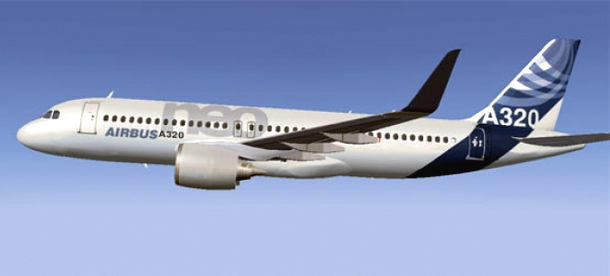Ethiopian Airlines to order narrow-body aircraft

Addis Ababa, Ethiopia – The fastest growing airline in Africa, Ethiopian Airlines, is planning to order single aisle (narrow-body aircraft) that it will deploy on regional routes.
Reliable sources told The Reporter that the management of Ethiopian is looking at Airbus A320 NEO and Boeing B737 MAX aircraft. The sources said the management of Ethiopian recently issued a request for the proposal. Both Airbus and Boeing have submitted their initial responses.
The arch rivals – Airbus and Boeing – are competing to sell their narrow- body aircraft to Ethiopian. The European consortium, Airbus, is proposing its A320 NEO narrow-body jetliner.
The Airbus A320 NEO family is a family of aircraft under development by Airbus replacing the predecessor A320 family. The letters “NEO†stand for New Engine Option and are the last step of modernization program A320 Enhanced which was started in 2006. In addition to the NEO, the modernization program also included such improvements in aerodynamic refinements, large curved winglets (sharklets), weight savings, a new cabin with larger luggage spaces and an improved air purification system.
These improvements in combination are predicted to result in 15 percent less fuel consumption, 8 percent lower operating costs, less noise production, and a reduction of nitrogen oxide emissions. The price of A320 NEO is about 100 million dollars (74 million euros). The A320 NEO was launched in December 2010. Airbus has firm orders for the A320 NEO family totaling 2523 as of November 2013. The A320 NEO first flight is slated for 2014 autumn.
Boeing’s 737 MAX is a re-engined version of the narrow-body plane designed to take on Airbus’ A320 NEO.
The 737 MAX incorporates the best of future engine technologies for unprecedented levels of efficiency, reliability and passenger appeal.
MAX Efficiency includes 8 percent lower operating costs than its main competitors. Boeing claims that the new 737 MAX Advanced Technology winglet provides an increase in fuel efficiency of more than 1.5 percent.

“MAX Reliability means that, building on the 99.7 percent airline dispatch reliability of the Next-Generation 737, an airline with a fleet of 100 737 MAXs will avoid delaying over 65,000 passengers compared to using its competitor,†Boeing stated in its official website.
According to Boeing, MAX Passenger Appeal is found in the new Boeing Sky Interior, which dramatically elevates the passenger experience, creating preference and loyalty.
For better environmental performance, the superior fuel efficiency of the 737 MAX reduces carbon emissions. Boeing says the noise footprint of the 737 MAX is improved for airlines and airport communities, at 40 percent smaller than today’s single-aisle airplanes.
The price of MAX ranges from 80 to 110 million dollars. Boeing received 1763 orders for MAX since its launch in 2011.  The first flight of B737 Max is scheduled for 2017.
Boeing has for decades dominated Ethiopian fleet especially on the long haul. Ethiopian operates B787, B777, B767, 757, 737, MD11 and Bombardier Q400 aircraft. Airbus, which has been trying to break Boeing’s monopoly on Ethiopian for years, succeeded in 2009 when Ethiopian ordered 12 Airbus A350 XWB jetliners. Back then, the management of Ethiopian decided to use a mixed fleet.
Again this year the management will make a decision on having a mixed fleet or keep on having only Boeing fleet. An aviation expert The Reporter talked to said that there are a number of issues an airline considers when it places new aircraft orders.
“The performance of the aircraft, the price of the aircraft, the cost that you will incur to introduce the new aircraft into the existing fleet are the most important issues that you consider when you place new aircraft orders. You base your decision on these issues,†the expert said. “If they (Ethiopian officials) decide having a mixed fleet they will order the A320 NEO. If they decide having only Boeing fleet, they will order B737 MAX,†he added.
In line with Ethiopian’s 15 year development roadmap, Vision 2025, the carrier plans to double its fleet to 112 planes and carry 18 million passengers over 92 routes by 2025.
Original article appeared in The Reporter



